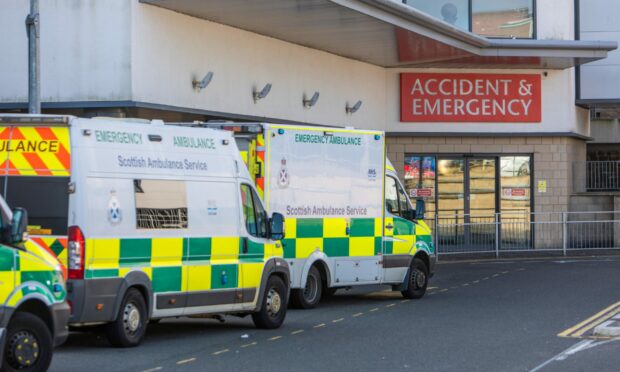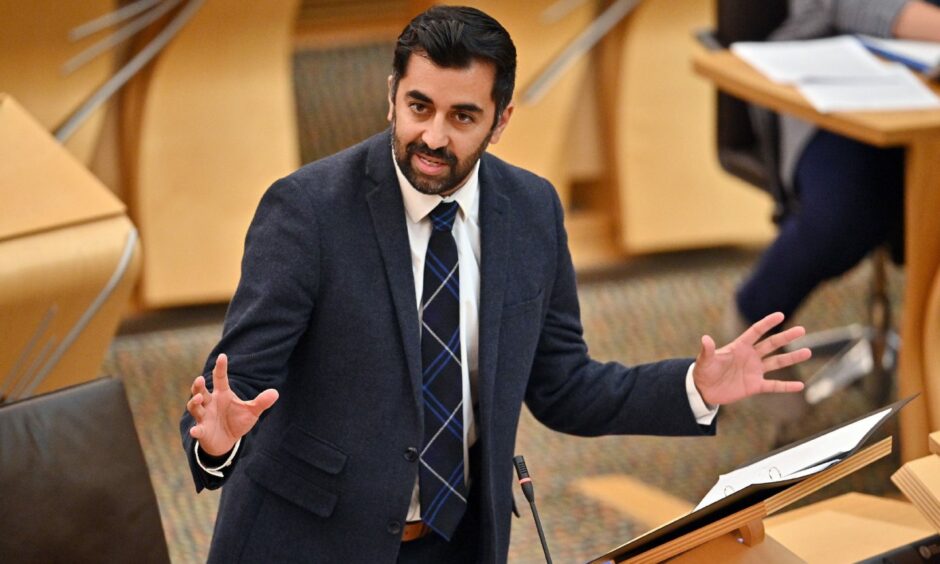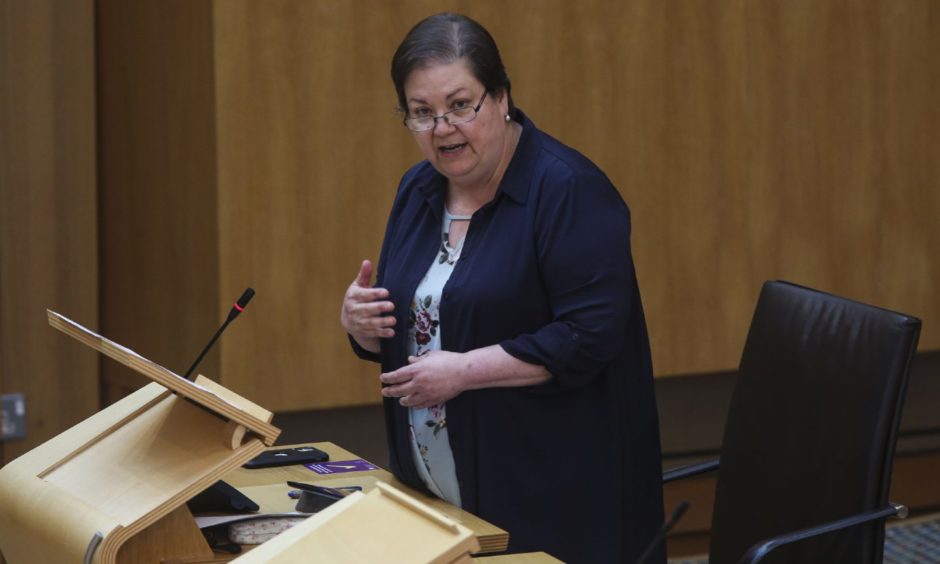Almost a third of patients in Fife waited more than four hours to be seen in A&E – the worst figures on record for the health board.
Calls were made for Health Secretary Humza Yousaf to “answer for his job” as new figures show Scotland recorded its worst A&E waiting times since records began in 2015.
The statistics from Public Health Scotland show just 71.9% of patients in Fife who went to A&E in the week of September 12 were seen within the four-hour waiting time standard.
This is against a Scottish Government target of 95%, with opposition politicians claiming “lives are on the line”.
It comes as waiting times worsen across the country, with Scotland recording its worst level on record at an average of 71.5% of patients being seen in four hours.
‘Answer for his job’
Scottish Lib Dem leader Alex Cole-Hamilton said the “horrific” figures had been “years in the making” and claimed Mr Yousaf must “answer for his job”.
He added: “The health secretary had been warned that emergency care was crumbling, and yet after a month of record-breaking waiting times things still aren’t improving.”
The release of the figures came just hours before Mr Yousaf made a statement to parliament to announce the steps being taken to ease the crisis.
A total of 1,895 patients spent more than eight hours in an A&E department and 551 patients were there for more than 12 hours.
This month NHS Fife said it was cancelling all non-urgent surgical procedures and some outpatient appointments amid “unprecedented pressures” on health services.
‘Lives are on the line’
Scottish Labour health spokeswoman Jackie Baillie said the crisis in the NHS is “spiralling further and further out of control”.
She added that the Scottish Government must “act now to secure more acute beds for the NHS” as “lives are on the line”.
Sue Webber, Scottish Conservative shadow public health minister, described the figures as a consequence of “Humza Yousaf’s inaction and lack of leadership”.
She added: “It is time Humza Yousaf produced a proper plan to remobilise our health service and give a guarantee that patients will be treated at A&E as quickly as possible.”
Fife's A&E performance is at its lowest since records started in 2015. Only 71.9% seen within 4-hr target. Pressure on our local staff and A&E is still growing and patients are not getting the care they need. ScotGov simply isn't doing enough to help. https://t.co/9OjCS61AyI
— Willie Rennie (@willie_rennie) September 21, 2021
First Minister Nicola Sturgeon said in her latest Covid-19 update on Tuesday that the NHS is facing “crisis conditions as a result of a global pandemic”.
She added: “It is facing crisis conditions here in Scotland and it is facing crisis conditions in England, Wales and Northern Ireland.”
‘Considerable strain’
NHS Fife Director of Acute Services, Claire Dobson, said staff are under “significant pressure” to continue to provide care to patients.
She added: “During this summer we have seen presentations in our emergency department far exceed what we would expect at this time of year, and even well beyond what we would see during the busy winter months.
“This comes at a time when our hospitals are already under considerable strain due to a sustained increase in the number of patients requiring inpatient care.
“Despite these unprecedented pressures, the staff in our emergency department continue to provide good quality care, with the vast majority of patients still seen within the 4-hour standard.
“Crucially, patients are triaged to ensure those who require the most urgent treatment are seen quickly.”


